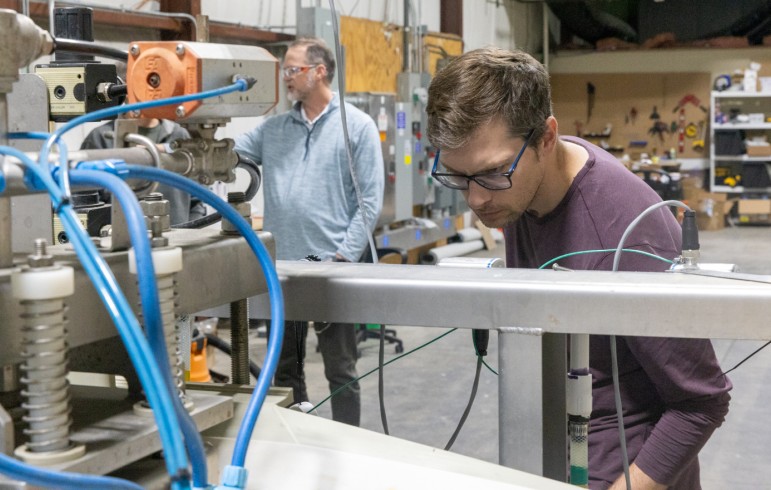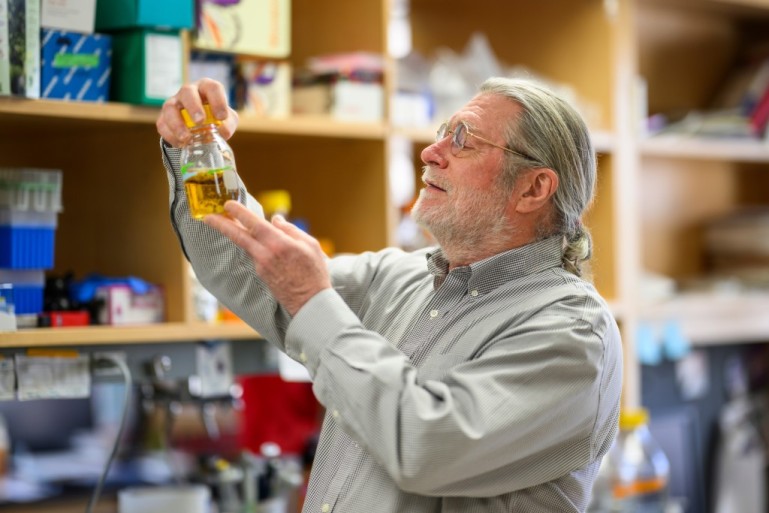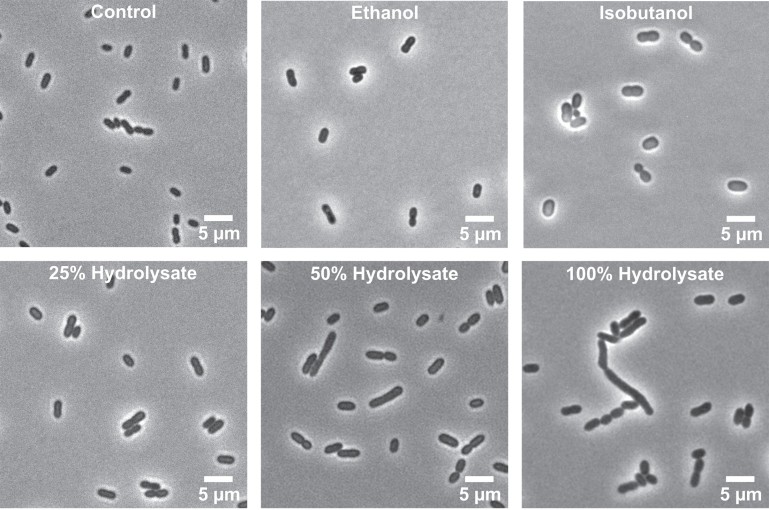MADISON — In the tiny unincorporated burg of Juda, Wisconsin — population 357 — there’s a clear community centerpiece.
There’s more than one way to kill bacteria—and in a world of increasing antibiotic resistance, researchers need to uncover as many ways as possible.
Five researchers from UW–Madison and the Wisconsin Energy Institute (WEI) have been named to Clarivate Analytics’ 2018 list of “Highly Cited
A new, low-cost wound dressing developed by University of Wisconsin–Madison engineers could dramatically speed up healing in a surprising way. The method leverages energy generated from a patient’s own body motions to apply gentle electrical pulses at the site of an injury.
The organic matter left over after biofuel production is a rich potential feedstock for making additional high-value bioproducts.
WASHINGTON, D.C. – Today, the U.S. Department of Energy announced $98 million in funding for 40 new projects as part of OPEN 2018, the Advanced Research Projects Agency-Energy’s (ARPAE) latest open funding opportunity.
MADISON — An unprecedented comparison of hundreds of species of yeasts has helped geneticists brew up an expansive picture of their evolution over the last hundreds of millions of years, including an analysis of the way they evolved individual appetites for particular food sources that may be a b



